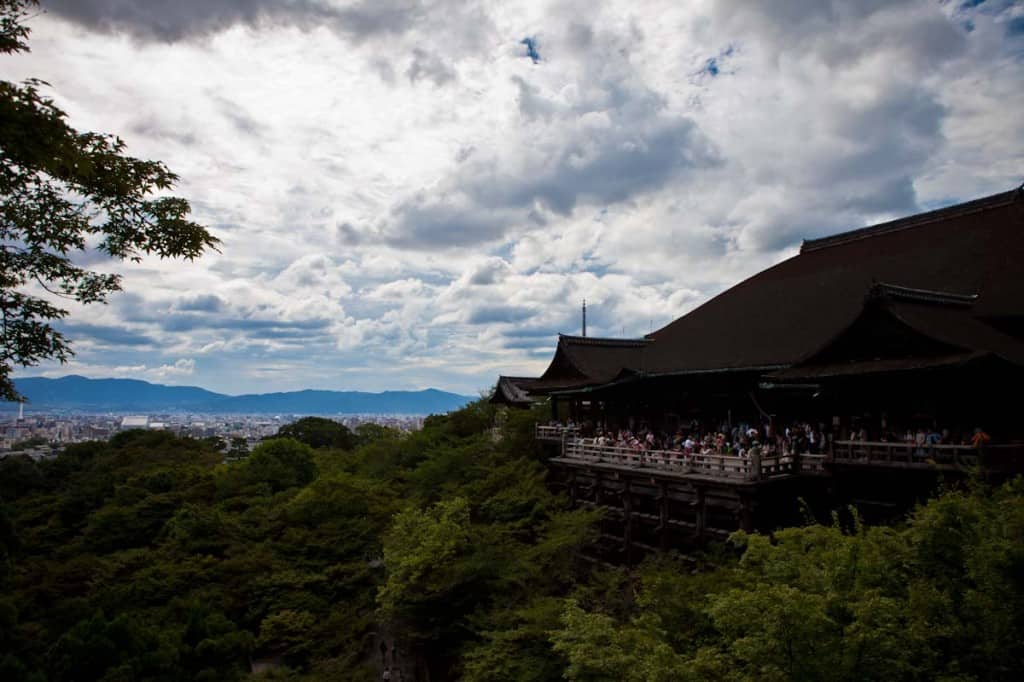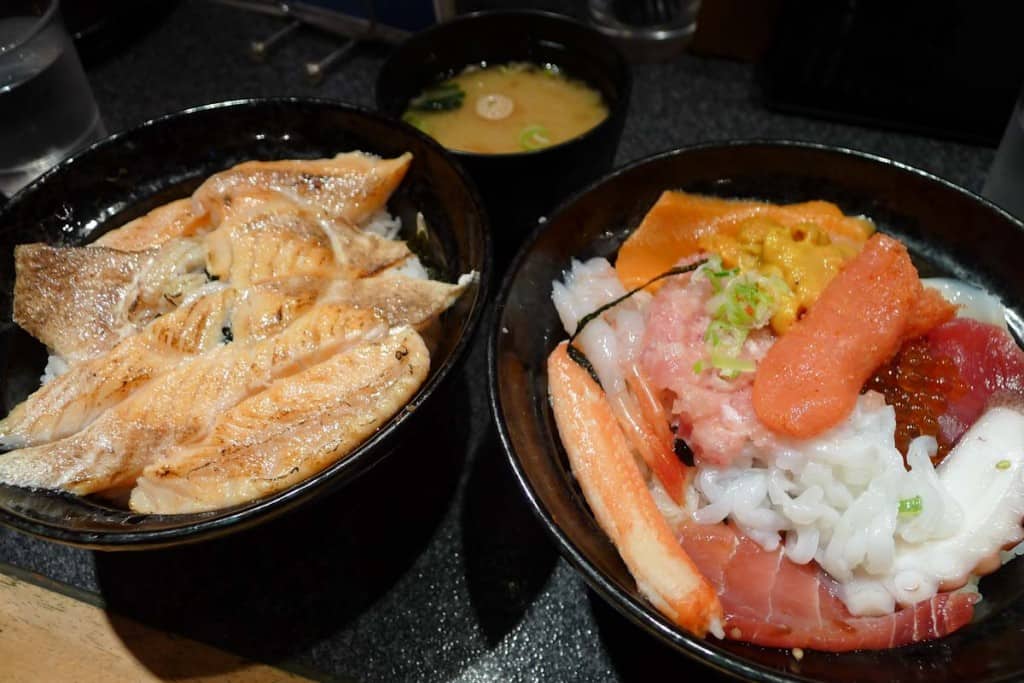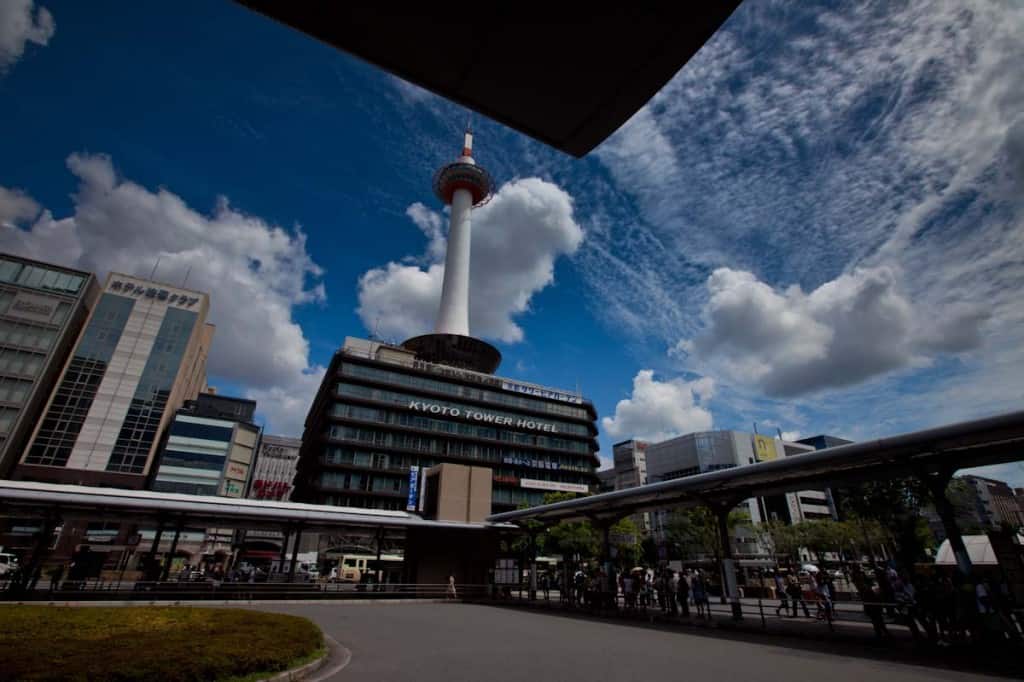Without a doubt, Kyoto is the cultural center of Japan. That’s not to say you can’t get culture and history elsewhere in Japan, but within the ring of the small city center, there’s hidden beauty abound with its temples, parks, and walkways straight out of Memoirs of a Geisha.
With 17 UNESCO World Heritage Sites and home to 20 percent of Japan’s National Treasures, Kyoto is a step back in time where you’ll get a taste for what Japan was like during the Edo period, when the city served as the capital and emperor’s residence.
Read about Japan
- Best Japan itinerary if you only have 12 days
- Where to stay in Hiroshima – a neighbourhood guide
- Rosetta Stone Japanese – How good is it for learning Japanese?
- 12 of the Best Apps for Japan Travel
- Souvenir guide – what to buy in Japan and where
How to get the best deals in travel
- Hottest deals – Bookmark the travel deals page.
- Car rentals – stop getting ripped off and learn about car rental coupon codes.
- Hotels – Use corporate codes or get Genius 2 tier with Booking.
- Flights – Have you ever heard of the “Everywhere” feature?
- Insurance – Make sure you’re covered and learn more about where to buy the best travel insurance.
In This Article
Things You Have to See

Temples are in abundance in Kyoto but what you’ll come to love in Kyoto is how different each of them are. Perched on the side of the mountain, Kiyomizu Temple offers amazing views of the city below.
Then there’s Kinkakuji. It doesn’t get more zen than this golden pavilion, which majestically reflects in the pond in front and is surrounded by the lush green gardens and a teahouse.
Lastly there’s Fushimi-Inari Shrine. Words can’t describe how magical it is to walk through this tunnel made of a domino of red painted torii gates. There’s really nothing else like this in the world, let alone Japan.
Nijo Castle is another landmark that impresses with its fully intact castle walls, gates, and nightingale floors that purposely squeak to guard against ninjas.
What you’ll find most fascinating about every site you explore in Kyoto is that each is steeped with incredible history and filled with stories of an era gone by. If you’re looking to see everything in a short amount of time, it might make sense to catch a highlight tour of Kyoto by bus.
Japan Trip Planning Essentials and Discounts
If you’re in the middle of booking your trip to Japan, here are the most important places you need to go to book:
- JR Pass – The two most reliable places we always check are JRailPass and JRPass. If you are taking long distance Shinkansen across multiple region, get the full JR Pass. If you’re focusing on one specific area, you only need a JR regional pass.
- Shinkansen – The JR Pass prices have gone up and for many of you, it’ll make more sense to book tickets individually. The secret is that when you buy your Shinkansen tickets through Klook offers special vouchers for Don Quijote and BIC when booking. Their tickets are super easy to redeem as well. Right now, use code SKS10OFF to save $10 USD off.
- Hotels/Ryokans – In Japan, the best website for accommodations, hands down is Agoda. When we’ve compared them against Booking, Agoda consistently came out cheaper.
- Tours – While Viator and GetYourGuide are our go-to’s, Klook and KKDay are much popular in Asia so it’s always worth comparing across all of them to make sure you get the best price.
- Pocket Wifi – While we do love eSIMs, having a pocket wifi is great for sharing data with a large group. The most popular is NinjaWifi which is easy to pick up at the airport. Use code AWESOME15 to save 15% (automatically applied). Alternatives are offered by JRPass and JRailPass but they aren’t as cheap. For a more global solution, consider Solis and PokeFi.
- eSIM – The best one is Airalo. Save money by getting the Japan region eSIM and use referral code WILLIA9500 to get $3 USD credit on your first purchase. From now to Feb 29, the 10GB package is half price as well! Ubigi is another one that we’ve had success with where they uniquely offer 5G coverage. Use code AWESOME10 to save 10% on your first order.
- Car Rental – Big companies like Budget, Avis, and Enterprise operate in Japan but they’re usually the most expensive. The best companies are the local Japanese ones such as Toyota Rentacar, Nippon Rentacar, Orix Rentacar, Nissan Rentacar, and Times Car Rental. To make things easier, use Rentalcars and Klook to compare prices all in one place. Don’t forget, you need an IDP to drive in Japan so get one before you leave your home country.
- Learn Japanese – It helps to know even a bit of the language before you go. Start your learning with Rosetta Stone Japanese.
- Cash or credit – Cash is still very important to have in Japan but when you use credit cards, make sure you’re not getting charged those extra exchange rate fees. The best card right now is the Wise Multi-Currency Card which is actually a debit card where you can convert at favorable rates beforehand. This cuts out any sneaky transaction fees.
- Travel Insurance – Make sure you’re covered in case something happens. Get quotes from Insured Nomads and if you’re from Canada, get quotes from RATESDOTCA.
- Shopping – Discovering Don Quijote is a quintessential part of the Japan experience. The secret for tax-free shopping is that they have a coupon that can help you save 10% off + additional 5% off if you spend ¥10,000 or more.
Places to Stay

One of the unique aspects about staying in Kyoto is the opportunity to stay in traditional lodgings – called a ryokan – that date from the time of the samurai and were used by weary travelers when they needed to relax and recharge. Trade away that regular hotel room for a futon overtop tatami (woven-straw) floors, sliding doors, Japanese style spas, and traditional meals.
Cheap hotels in Kyoto can also be found in the city, but what I’d recommend is to stay near the train station, since that means you can save on a cab ride by walking to your hotel. This location also provides convenient access to the excellent public transportation.
Food to Delight

There are a ton of restaurants to satisfy any palette of tastes. Most restaurants are located in the city center, and when I made my trip to Japan, we stumbled upon a great chirashi (seafood on a bowl of rice) restaurant.
If raw fish isn’t your thing, there are plentiful ramen options. One restaurant that I didn’t get to go to but is highly recommended is Hafuu Honten. As TripAdvisor’s Traveller’s Choice for 2014, this restaurant known for the melt-in-your-mouth Waygu steak. The restaurant gets packed early, so plan on going early. To save a bit of money, go for the lunch menu.
Getting Around

There’ll be a lot of walking in Kyoto, especially when exploring the streets from Kiyomizu Temple to Maruyama Park. That being said, you’ll most likely be grabbing public transportation to get to where you need to go.
For example, to get to Kiyomizu Temple, you’ll need to catch bus 100 or 208 from Kyoto station. For Kinkakuji, it’s bus 101 or 205. Nijo Castle requires hopping on the local subway to Nijojo-mae station along the Tozai line. Lastly, Fushimi Inari is a little further out, so the smartest way to get there is by taking a JR train down to JR Inari Station.
Public transportation is excellent in the city, but if you’re in a rush or just plain tired, catch a cab. Cabs are easy to take as long as you have an address or name to show in Japanese. Also keep in mind that cabs aren’t cheap, so use them wisely.
If you’re looking to take a trip to Japan, make sure you add Kyoto to your itinerary. To see a sample of what my recent trip to the country looked like, make sure you check out my perfect 12 days in Japan.
Get the JR Pass
If you’re looking to do any travelling around Japan, I highly recommend picking up a JRailPass. Keep in mind that you’ll need to purchase it before your trip and ship it to your home.

What you should read next
